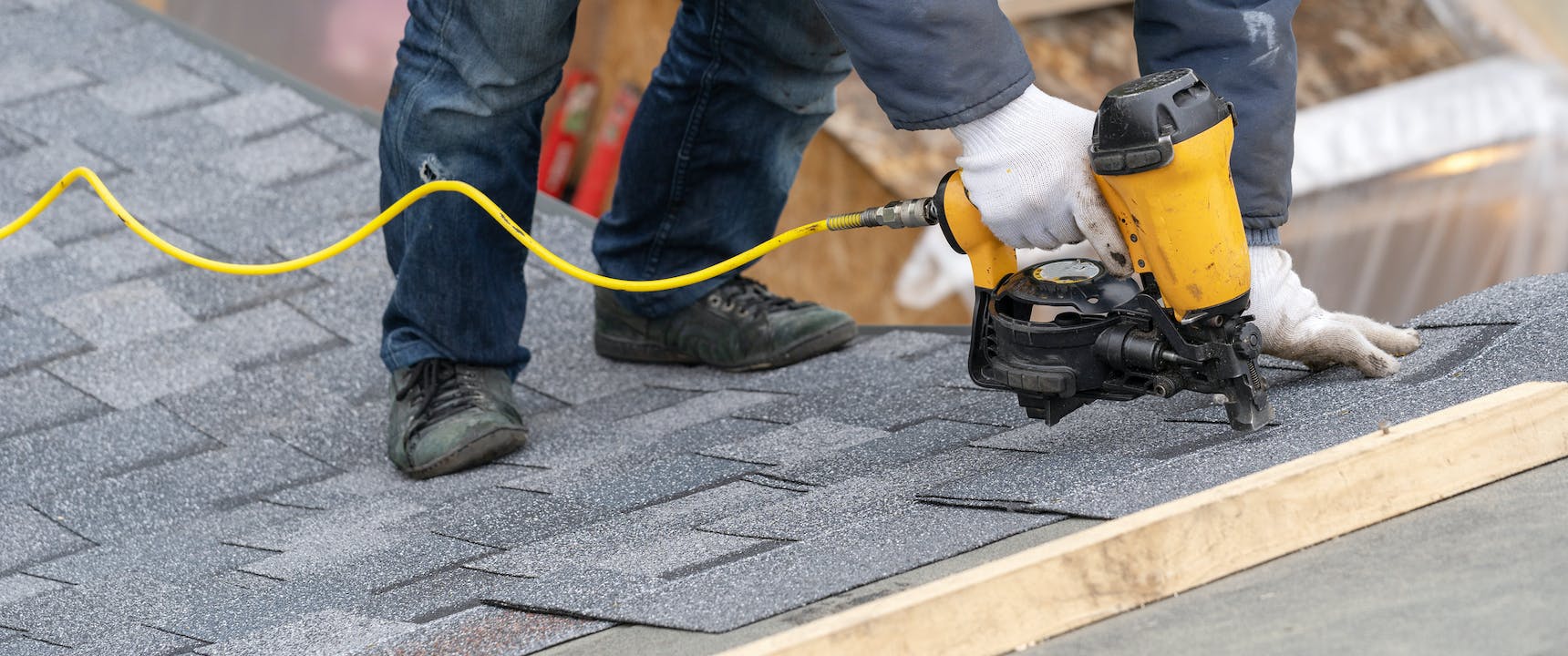
If you’re hunkered downstairs during a storm and hear the tell-tale clink, clink, clink of hail on your roof and …

An ice dam is a substantial ice formation that has accumulated over time along a roof’s overhangs. This is brought on by temperature fluctuations resulting in melting and freezing water. The places with the largest snowfalls during the colder months are those where ice dams on roofs are most evident. The Midwest is known for its’ colder climates, and we recommend that you regularly inspect your roof and gutters to ensure that ice dams do not form.
A leaking roof, shingle loss and/or cracking, and gutter damage are all possible roof problems that can occur from ice dams. Although on paper these may seem like smaller issues, they can certainly turn into a costly and time-consuming endeavor to fix. The following indicators are the tell-tale signs of ice dams:
Additionally, homeowners may also start noticing an increase in heating costs. As homes accumulate roof damage over time, they will pay more to keep the same amount of heat in their homes due to inadequate insulation or leaks.
If you feel you are experiencing ice dams and you would like a professional company to help you along the way, contact Storm Guard of Southern Wisconsin. They are Madison’s trusted roofing and gutter company! Call them at 608-497-3301 for your free consultation today!

If you’re hunkered downstairs during a storm and hear the tell-tale clink, clink, clink of hail on your roof and …

Our homes are their own living and breathing entities in a way. They take air in from the outside and …

As the temperatures start to drop here in Wisconsin, we begin to think about buttoning up our homes so we …

Homeowners throughout the greater Colorado Springs area are upgrading to a Class 4 shingle. The question we get asked most …

Replacing a roof is an important investment for any homeowner or business owner. If damages have been found, more than …

By many accounts, fall is one of the best times of the year in Austin. The intense heat of summer …